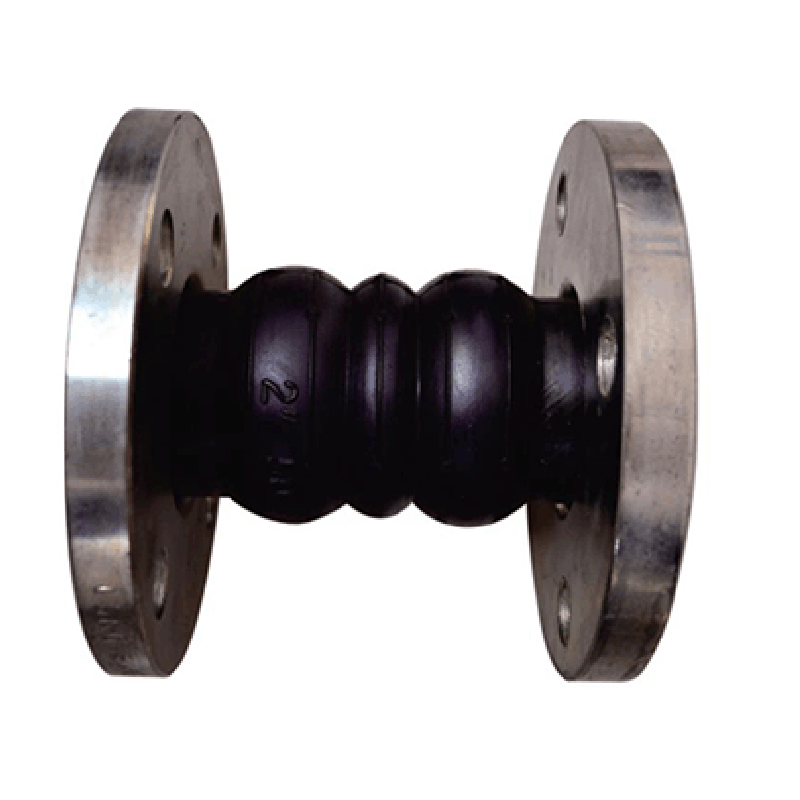8 月 . 31, 2024 21:25 Back to list
industrial electric wire and cable
Understanding Industrial Electric Wire and Cable A Comprehensive Overview
Industrial electric wire and cable are vital components in the electrical infrastructure that supports various industrial applications. Their role cannot be overstated, as they are responsible for the efficient transmission of electricity to power machinery, equipment, and systems essential for operations in factories, construction sites, and various commercial environments.
Types of Industrial Wire and Cable
There are several types of industrial wire and cable, each designed to meet specific needs. The most common categories include
1. Power Cables These cables are used for the transmission of electrical energy. They consist of conductors that carry electricity and insulation that protects the conductor and ensures safety. Power cables can be single-phase or three-phase, depending on the requirement.
2. Control Cables These cables transmit control signals that help manage and regulate machinery. They are critical in automation and process control systems.
3. Instrument Cables Used for carrying low-voltage signals, these cables connect various instruments to control systems. They need to ensure minimal interference for accurate measurements.
4. Fiber Optic Cables Increasingly used in industrial settings, fiber optic cables transmit data through light signals. They are favored for their high bandwidth and immunity to electrical interference.
Key Considerations for Selecting Wire and Cable
industrial electric wire and cable

When selecting industrial electric wire and cable, several factors must be considered to ensure safety, reliability, and performance
- Voltage Rating It is crucial to match the voltage rating of the cable with the operational requirements to prevent overheating and potential failures. - Current Carrying Capacity The wire gauge must be appropriate for the amount of current it needs to carry. Choosing a wire that is too thin can lead to overheating and fire hazards.
- Temperature Rating The insulation material should be rated for the operating environment's temperature. Some cables are designed for extreme conditions, while others are suited for standard environments.
- Environmental Factors Exposure to chemicals, moisture, or UV radiation can degrade cables. Selecting cables with appropriate insulation and jackets can enhance their durability.
Importance of Compliance and Standards
In the industrial sector, compliance with electrical codes and standards is paramount. Organizations such as the National Electrical Manufacturers Association (NEMA) and the American National Standards Institute (ANSI) establish guidelines that help ensure cable safety and efficiency.
Conclusion
In summary, industrial electric wire and cable are fundamental components of the electrical systems that drive operations across various industries. Understanding the types, selection criteria, and compliance standards is essential for ensuring the reliability and safety of electrical installations. As industries continue to evolve with technological advancements, the demand for high-quality, efficient wire and cable solutions will only increase, making this an essential field for innovation and development. Investing in the right materials and adhering to standards is crucial for the longevity and performance of electrical systems in any industrial setup.
Share
-
Understanding the Differences Between Wafer Type Butterfly Valve and Lugged Butterfly ValveNewsOct.25,2024
-
The Efficiency of Wafer Type Butterfly Valve and Lugged Butterfly ValveNewsOct.25,2024
-
The Ultimate Guide to Industrial Swing Check Valve: Performance, Installation, and MaintenanceNewsOct.25,2024
-
Superior Performance with Industrial Swing Check Valve: The Essential Valve for Any SystemNewsOct.25,2024
-
Industrial Swing Check Valve: The Ideal Solution for Flow ControlNewsOct.25,2024
-
You Need to Know About Industrial Swing Check Valve: Functionality, Scope, and PerformanceNewsOct.25,2024